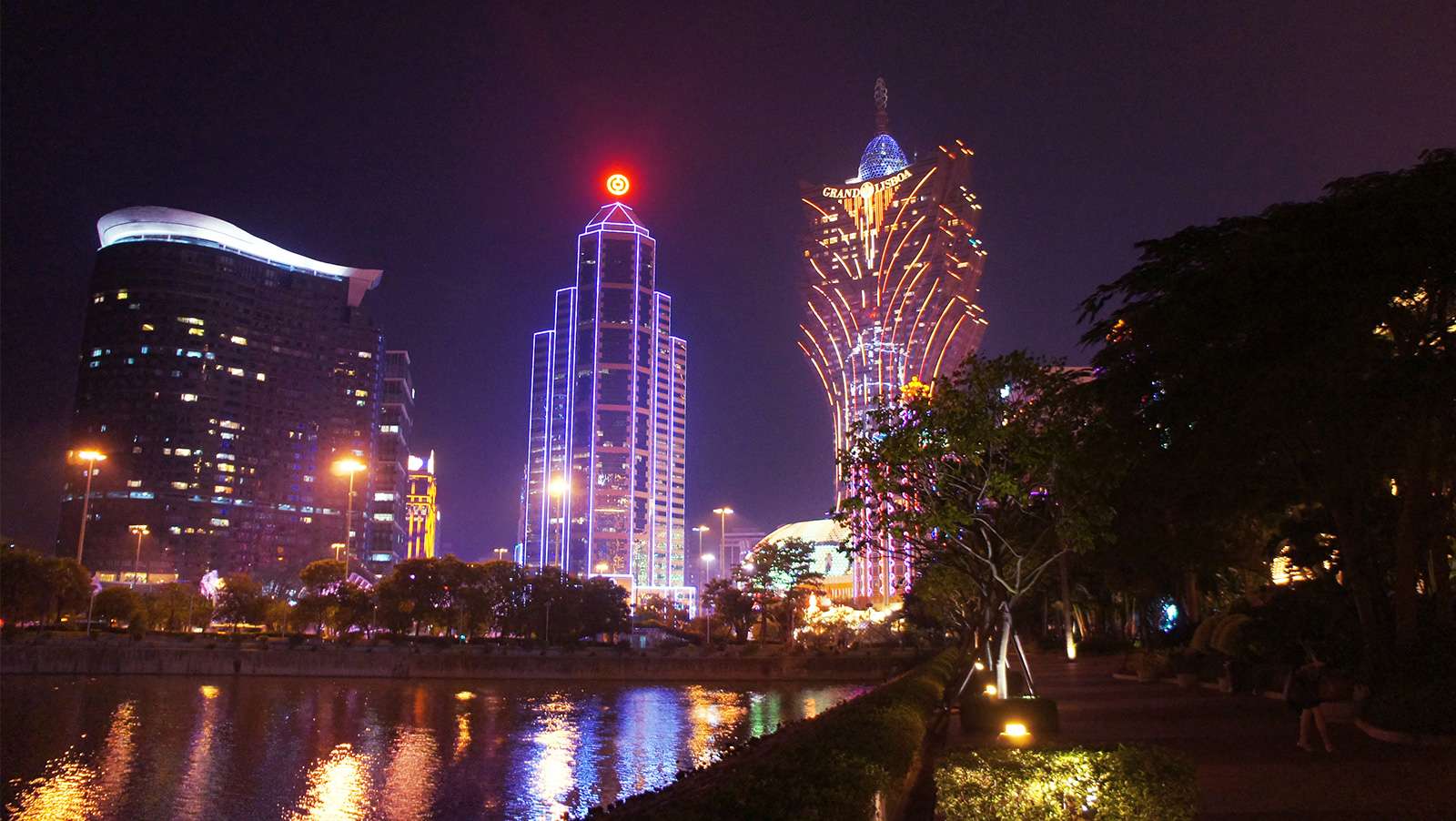Gross gaming revenue (GGR) in Macau totaled MOP302.85 billion ($37.57 billion) for 2018, according to the Gaming Inspection and Coordination Bureau (DICJ).
 The amount was 14% higher than the MOP265.74 billion ($32.97 billion) posted in 2017. In a note, Union Gaming’s Grant Govertsen said the year’s revenue would have been even higher by as much as 1%, but for three one-time events, namely Typhoon Mangkhut in mid-September, the mid-Autumn festival’s timing, and Chinese President Xi Jinping’s visit during the opening of the Hong Kong-Zhuhai-Macau (HKZM) Bridge last October.
The amount was 14% higher than the MOP265.74 billion ($32.97 billion) posted in 2017. In a note, Union Gaming’s Grant Govertsen said the year’s revenue would have been even higher by as much as 1%, but for three one-time events, namely Typhoon Mangkhut in mid-September, the mid-Autumn festival’s timing, and Chinese President Xi Jinping’s visit during the opening of the Hong Kong-Zhuhai-Macau (HKZM) Bridge last October.
The GGR figures, according to Govertsen, were “broadly in line with our initial projections for the year (mid-teens) albeit with an even better mix of mass business relative to VIP than originally expected.”
He added that while a 15.3% increase in visitor arrivals to the Special Administrative Region in November has been attributed to the HKZM Bridge, the increase in visits has not made for added casino activity, with the bridge serving as substitute to ferry services to and from Hong Kong and Zhuhai, passing through Macau.
“In reality, we believe that true visitation to Macau is increasing modestly, while spend/visitor is also up nicely,” Govertsen said.
For December, GGR was up 16.6% from the same period in 2017, to MOP26.47 billion ($3.28 billion). According to Govertsen, this was above consensus, with Bloomberg having projected 11% year-on-year growth with a range of 9%-15%. GGR per day was MOP853.81 million ($105.93 million), 3% above the year’s average.
Govertsen said he expected Macau’s GGR growth to be about 4% a month for January and February, as well as for the first quarter. “The mass market remains strong, although our on-the-ground conversations suggested VIP grew nicely during December after a few softer months. As we look into 1Q19, and contemplate the timing of Chinese New Year, we would not be surprised if January was flattish and February was up in the mid/high single digits,” he said.
For the whole 2019, growth is expected in the “mid-single digits, or broadly speaking, in line with GDP,” Govertsen said.